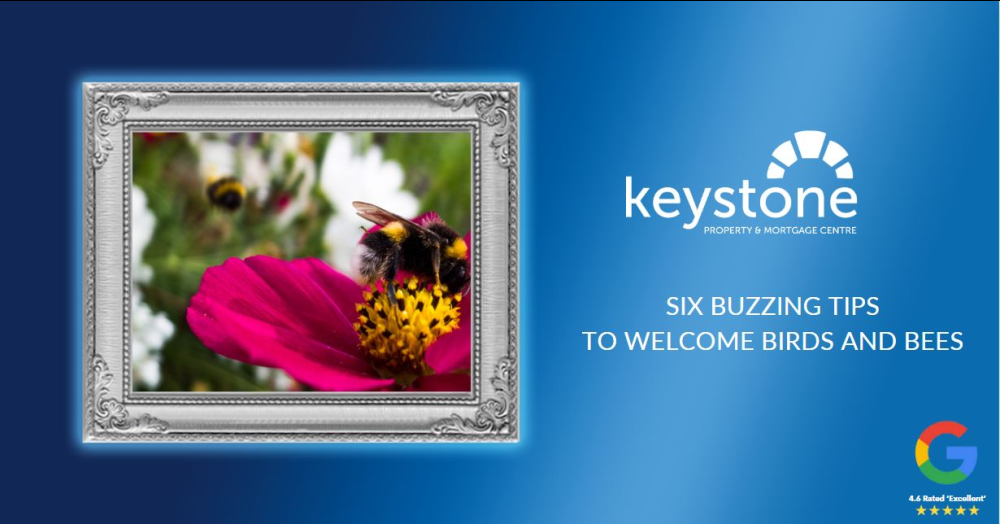

Get in touch with us
Taking your first step into selling can feel like stepping into a swirl of opinions — family advice, colleague stories, neighbour tales of “quick” sales or “nightmare” chains. It’s a lot 😅
November has been an outstanding month for Keystone — and the data is crystal clear. From 1st to 24th November, we’ve agreed 23 property sales, making this one of the strongest months we’ve ever recorded. It’s further proof that when a home is priced with precision and launched with purpose, the market responds quickly and decisively.
Ben explains why having a survey carried out before you go to market can save time, reduce stress, and keep your sale firmly on track.
The Bank of England's decision to cut interest rates to 3.75% is big news for homeowners and hopeful buyers in Flintshire. But what does this really mean for our local property market as we head into 2026? Let's explore the likely impact.